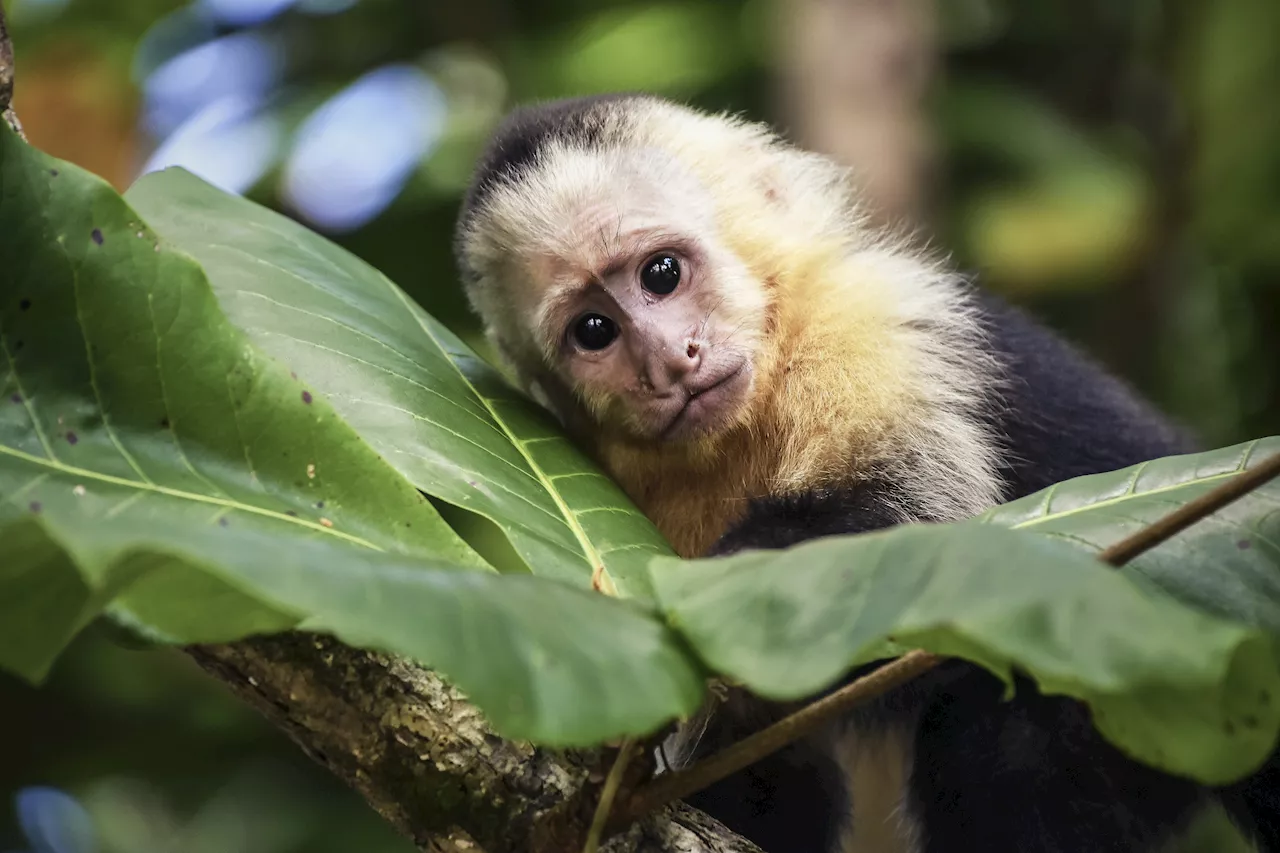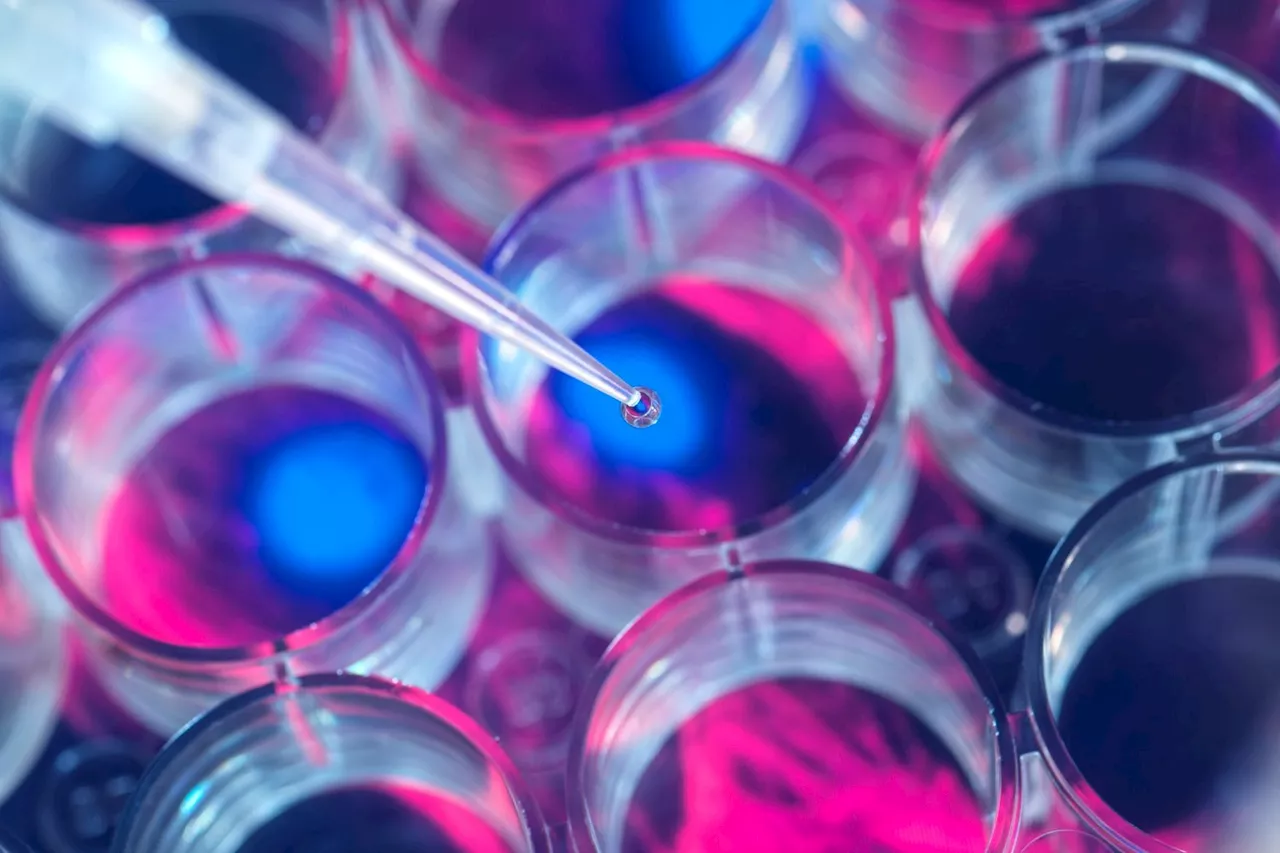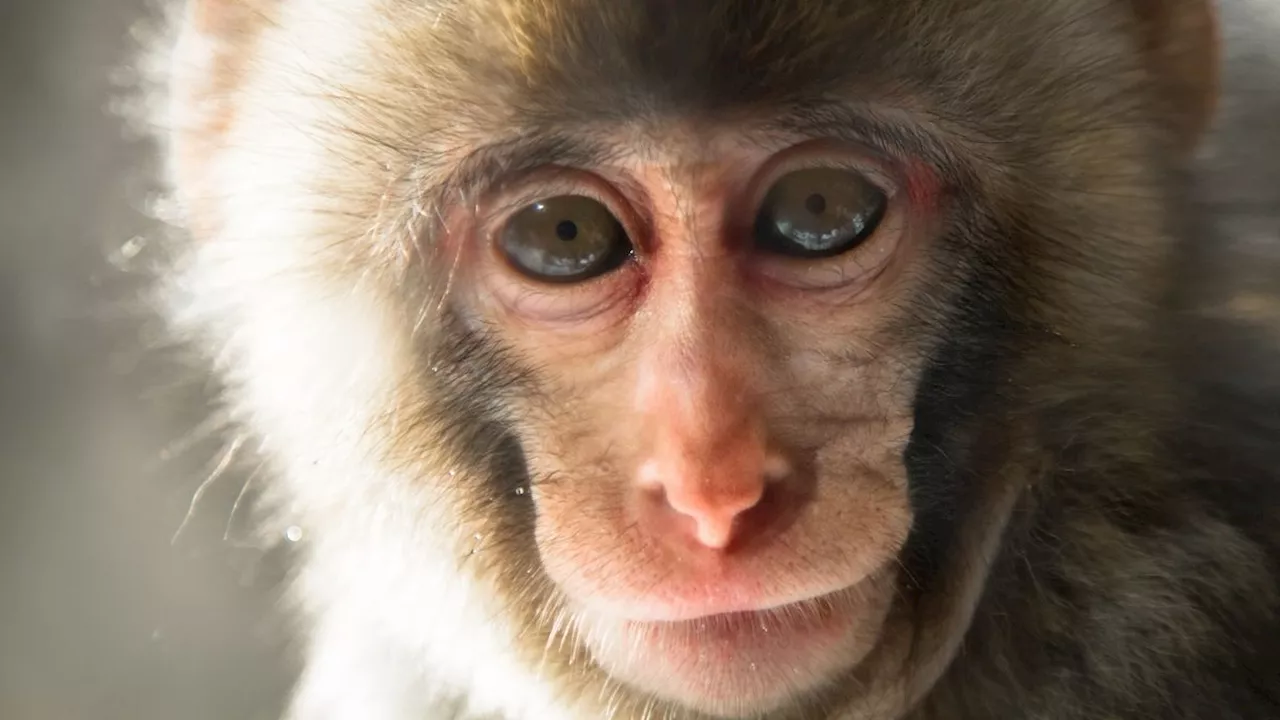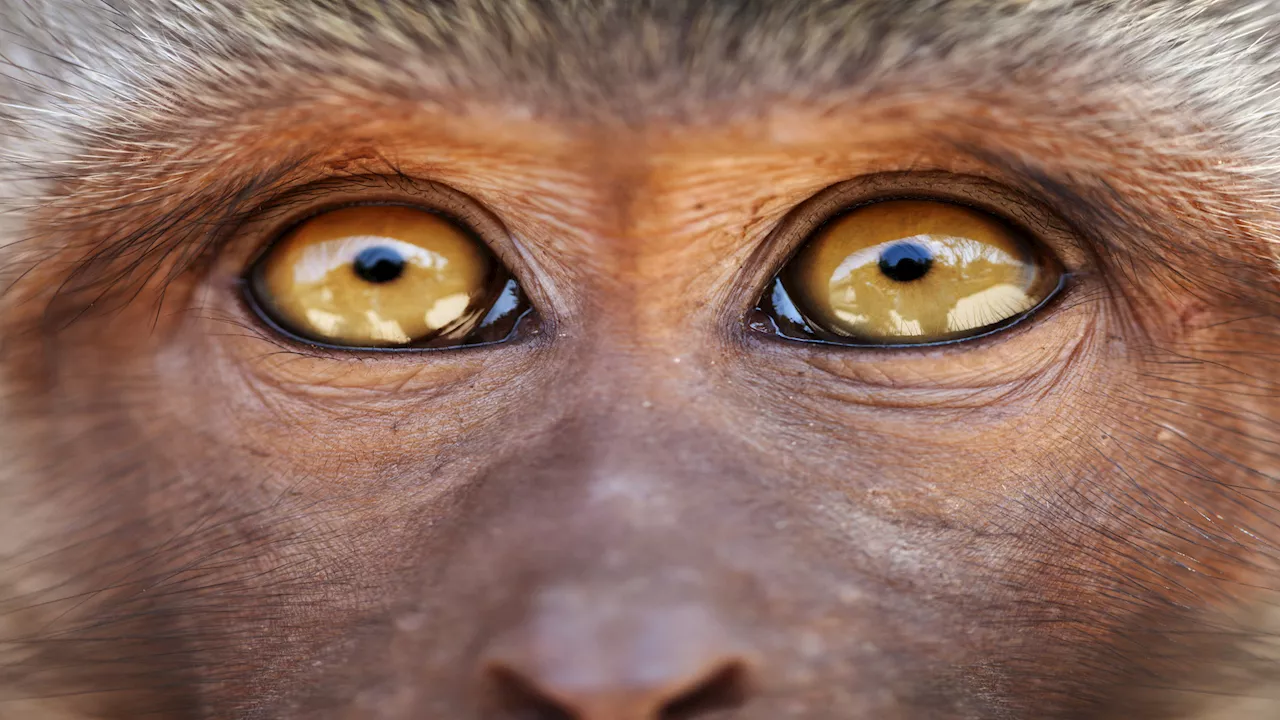Using a new method to isolate and reprogram plant cells into other cell types, biologists explored how banding patterns that increase the stability of plant cell walls are created and how their assembly can go astray in mutant plants. This work could ultimately inform methods to break down plant cells for biofuels.
A new method developed by Penn State biologists allows them to turn stripped-down plant cells into other types of cells, similar to the way stem cells differentiate into different cell types. Using this method, the research team explored the banding patterns that increase the stability of plant cell walls -- much like the corrugated patterns in cardboard -- and how they are created.
"The banding patterns in xylem tracheary elements act a lot like the corrugated pattern in cardboard, adding stability to the cell wall," Pfaff said."Using traditional methods, it was difficult to see individual cells to understand how this banding pattern breaks down in mutant cells. So we developed a method that lets us observe individual cells without any of the neighboring cells getting in the way.
The researchers found that certain interactions between cellulose and xylan are necessary for the bands to form correctly and that a properly assembled cell wall network of polymers acts as a scaffold to dictate the banding pattern. They also found that in different mutant cells, the banding pattern failed in different ways.
"Instead of breeding mutant plants together to get multiple different genetic traits in one plant, which might take many months, now you can explore different combinations in individual cells," Pfaff said."You could also use different kinds of genetic triggers to study other cell types, which could have implications across plant biology."
Genetics Molecular Biology Cell Biology Renewable Energy Energy And The Environment Ecology Exotic Species
United States Latest News, United States Headlines
Similar News:You can also read news stories similar to this one that we have collected from other news sources.
 Scientists Restore Vision in Monkey Using Human Stem CellsA groundbreaking study published this month in Stem Cell Reports details the success of researchers who restored vision in a monkey using human stem cells to repair a hole in its retina. This breakthrough holds immense potential for developing new vision treatments for humans and other animals.
Scientists Restore Vision in Monkey Using Human Stem CellsA groundbreaking study published this month in Stem Cell Reports details the success of researchers who restored vision in a monkey using human stem cells to repair a hole in its retina. This breakthrough holds immense potential for developing new vision treatments for humans and other animals.
Read more »
 Scientists Use Human Stem Cells to Restore a Monkey’s VisionScience and Technology News and Videos
Scientists Use Human Stem Cells to Restore a Monkey’s VisionScience and Technology News and Videos
Read more »
 In Medical First, Woman’s Type 1 Diabetes Seemingly Cured by Stem CellsThe 25-year-old woman is still making her own insulin a year after having gotten a transplant of her modified stem cells, scientists say.
In Medical First, Woman’s Type 1 Diabetes Seemingly Cured by Stem CellsThe 25-year-old woman is still making her own insulin a year after having gotten a transplant of her modified stem cells, scientists say.
Read more »
 Scientists restore monkey's vision with a patch made from human stem cellsStephanie Pappas is a contributing writer for Live Science, covering topics ranging from geoscience to archaeology to the human brain and behavior.
Scientists restore monkey's vision with a patch made from human stem cellsStephanie Pappas is a contributing writer for Live Science, covering topics ranging from geoscience to archaeology to the human brain and behavior.
Read more »
 World First: Stem Cells Reverse Type 1 Diabetes in Clinical TrialThe Best in Science News and Amazing Breakthroughs
World First: Stem Cells Reverse Type 1 Diabetes in Clinical TrialThe Best in Science News and Amazing Breakthroughs
Read more »
 Hole in monkey’s retina fixed with patch derived from human stem cellsJapan's researchers have fixed a hole in a monkey's retina with a patch derived from human stem cells.
Hole in monkey’s retina fixed with patch derived from human stem cellsJapan's researchers have fixed a hole in a monkey's retina with a patch derived from human stem cells.
Read more »
